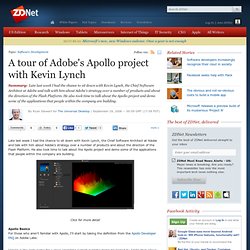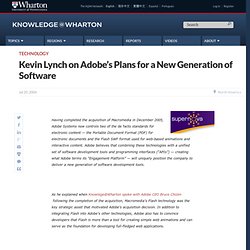

Apollo 16: Footsteps Under High Sun. The lunar module Orion landed in the Descartes Highlands of the moon on April 21, 1972.

The Apollo 16 mission targeted a highland region. Originally thought to be a volcanic site, the samples returned by Apollo 16 actually indicated that the highlands of the moon primarily consist of impact-formed rocks (breccias), a substantial scientific result. Today's featured image is an LROC NAC image of the Apollo 16 landing site, acquired when the sun was nearly overhead, in contrast to a previous image of the site. High sun causes white and metallic artifacts left on the surface by Young and Duke to stand out in high contrast as they reflect the noon-day sun back at LROC. The Apollo 16 astronauts churned up the lunar soil (regolith) as they moved about exploring the moon, and this disturbed material shows up as dark lines and patches.
This location has been identified as a region of interest because many important scientific questions could be answered by studying it. Developer Connection. ApolloApps.com. Labs - Apollo. Adobe ponies up for Apollo. » A tour of Adobe’s Apollo project with Kevin Lynch. Late last week I had the chance to sit down with Kevin Lynch, the Chief Software Architect at Adobe and talk with him about Adobe's strategy over a number of products and about the direction of the Flash Platform.

He also took time to talk about the Apollo project and demo some of the applications that people within the company are building. Click for more detail Apollo BasicsFor those who aren't familiar with Apollo, I'll start by taking the definition from the Apollo Developer FAQ on Adobe Labs: "Apollo is the code name for a cross-operating system runtime being developed by Adobe that allows developers to leverage their existing web development skills (Flash, Flex, HTML, JavaScript, Ajax) to build and deploy Rich Internet Applications (RIAs) to the desktop. " Essentially, Apollo is Adobe's initiative to bring Rich Internet Applications from the web to the desktop in a way that uses the best of both worlds. In many ways, Apollo wouldn't have been possible without the Flex framework.
Kevin Lynch on Adobe's Plans for a New Generation of Software. Having completed the acquisition of Macromedia in December 2005, Adobe Systems now controls two of the de facto standards for electronic content — the Portable Document Format (PDF) for electronic documents and the Flash SWF format used for web-based animations and interactive content.

Adobe believes that combining these technologies with a unified set of software development tools and programming interfaces (“APIs”) — creating what Adobe terms its “Engagement Platform” — will uniquely position the company to deliver a new generation of software development tools. As he explained when Knowlege@Wharton spoke with Adobe CEO Bruce Chizen following the completion of the acquisition, Macromedia’s Flash technology was the key strategic asset that motivated Adobe’s acquisition decision.
But Adobe’s ambitions are greater than merely integrating its developer tools and expanding the use of Flash. If you look at the mission of Macromedia at the time, it was about the experience. Lynch: Right. Flash to jump beyond the browser.